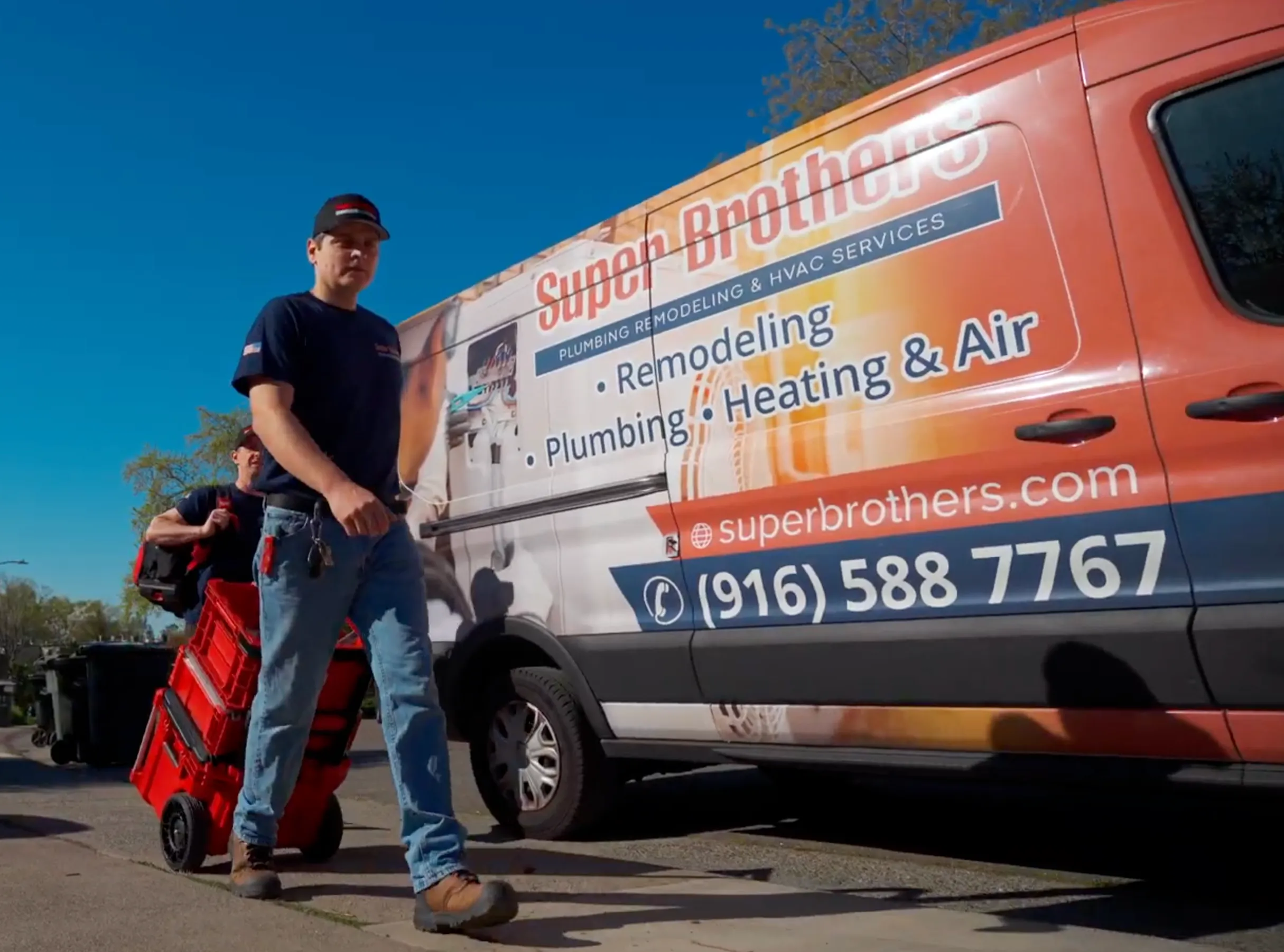As homeowners, we rely on our plumbing systems to deliver clean water efficiently and safely. However, one often overlooked issue that can compromise your home’s plumbing is dezincification. This phenomenon, though not commonly discussed, can lead to significant pipe degradation and potentially costly repairs if not addressed promptly.
In this guide, we’ll explore what dezincification is, why it poses a risk to your plumbing system, and what steps you can take to prevent or fix the problem before it leads to serious damage.

What is Dezincification?
Dezincification is a type of corrosion that occurs primarily in brass pipes and fittings. Brass is an alloy composed of copper and zinc, with zinc typically making up about 30% to 40% of the material. When exposed to certain water conditions—such as acidic or high-chloride water—the zinc in the brass begins to leach out, leaving behind a porous, weak structure primarily composed of copper.
Over time, the loss of zinc can lead to:
- Weakening of pipes: The structural integrity of the pipe or fitting is compromised.
- Blockages: The leached zinc can accumulate and create blockages within the pipe, reducing water flow.
- Leaks: The weakened areas of the pipe are prone to cracking and leaking.
Dezincification is most commonly seen in brass fittings used in older plumbing systems, particularly those installed in the 1980s and early 1990s. However, it can occur in any system using brass alloys that are exposed to corrosive water conditions.
Why Is Dezincification Dangerous?
1. Reduced Water Flow
As the zinc leaches out of the brass, it forms a white, chalky substance (often called “zinc oxide”) that can accumulate inside pipes. This buildup restricts water flow, causing reduced pressure at taps and showers. Homeowners may notice this issue first as a slow drop in water pressure over time.
2. Pipe Weakness and Leaks
When zinc is removed from brass, the remaining copper structure becomes porous and brittle. Over time, this can lead to pinhole leaks or even larger cracks in the pipes. A leaking pipe not only wastes water but can also lead to significant water damage in your home if not repaired quickly.
3. Higher Repair Costs
Once dezincification has weakened your pipes, you may face expensive repairs. In extreme cases, full pipe replacement may be necessary, especially if the issue has been allowed to progress undetected. The cost of repairing water damage caused by leaks can also add up quickly.
4. Health Concerns
While the health risks of dezincification are relatively low, the buildup of zinc oxide inside pipes can potentially affect water quality. Additionally, leaks or blockages caused by this corrosion can disrupt the efficiency of your plumbing system, which might result in contaminated water entering your home.
Causes of Dezincification
Several factors contribute to the risk of dezincification in home plumbing systems, including:
1. Water Chemistry
The main culprit behind dezincification is water chemistry. Water that is acidic, contains high levels of chlorides, or has low oxygen levels can accelerate the corrosion of brass pipes. Homes that rely on well water or are in areas with naturally high chloride levels are especially at risk.
2. Temperature
Warm water can speed up the dezincification process, making hot water pipes particularly vulnerable. This is why some homeowners notice issues with hot water lines before their cold water systems.
3. Quality of Brass
Not all brass alloys are created equal. Older or lower-quality brass fittings are more susceptible to dezincification. In contrast, modern plumbing codes now require higher-quality brass materials that are resistant to this type of corrosion.
Signs of Dezincification in Your Plumbing System
Detecting dezincification early can save you time and money on repairs. Look out for these common signs:
- White, powdery deposits on brass fittings: This residue is zinc oxide, a clear indicator that the zinc in your brass pipes is leaching out.
- Low water pressure: If the water pressure in your home has gradually decreased, especially in older homes, it could be due to zinc oxide buildup in your pipes.
- Discolored water: Water that appears slightly off-color, particularly in hot water lines, can be a sign of corrosion inside your pipes.
- Visible leaks or dampness: Pinhole leaks in brass pipes or fittings may indicate that the metal has become too weak to withstand water pressure.

Preventing and Fixing Dezincification
While dezincification can be a serious problem, there are steps you can take to mitigate the risk and address it if it occurs.
1. Use High-Quality Brass Fittings
The best way to prevent dezincification is by using dezincification-resistant brass (also known as DZR brass). DZR brass is specifically designed to withstand corrosive water environments and resist the effects of zinc leaching. Modern plumbing standards often require the use of DZR brass for any new installations or replacements.
If you’re building a new home or replacing old plumbing, ask your contractor to use fittings made from DZR brass to avoid future issues with dezincification.
2. Water Treatment
For homes with water that is particularly corrosive (due to high chloride levels, acidity, or other factors), installing a water treatment system can help protect your pipes. Water softeners, pH balancers, and filters designed to remove chloride can reduce the corrosive effects on your brass plumbing.
3. Replace Affected Pipes and Fittings
If dezincification is already occurring, the most effective solution is to replace the affected pipes and fittings with DZR brass or other corrosion-resistant materials, such as copper or PEX. While this can be a more costly option upfront, it can save you from dealing with more extensive damage and repairs down the road.
4. Regular Plumbing Inspections
Having your plumbing system inspected regularly by a professional plumber can help detect early signs of dezincification before it causes significant damage. A licensed plumber can check for white powdery deposits, weak spots in your pipes, and other signs of corrosion.
5. Monitor Water Pressure
If you notice a sudden drop in water pressure, don’t ignore it. Investigate the cause with the help of a plumber, as it could be an early indication of blockages caused by zinc oxide buildup. Addressing the problem early can prevent further damage.
Conclusion
Dezincification is a serious issue that can compromise the safety and efficiency of your home’s plumbing system. If left unaddressed, it can lead to reduced water flow, leaks, and costly repairs. By understanding the causes and signs of dezincification, and taking proactive steps to prevent it, you can protect your plumbing and avoid unexpected repair bills.
If you’re concerned about dezincification in your home’s pipes, or if you’ve noticed signs such as white residue on fittings or reduced water pressure, contact a licensed plumber for an inspection. For a lasting solution, consider replacing old brass fittings with DZR brass or corrosion-resistant materials to ensure your plumbing system remains in top condition.
By staying vigilant and taking preventive measures, you can keep your home’s plumbing functioning smoothly and avoid the costly consequences of pipe corrosion.



